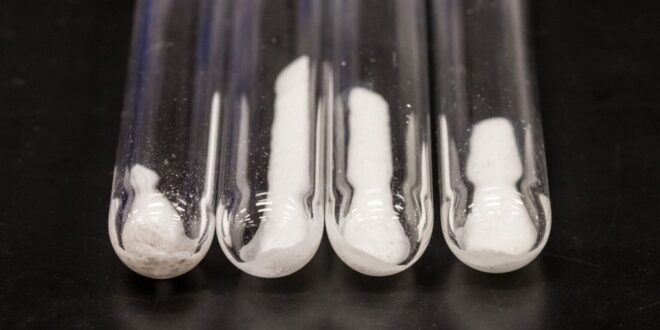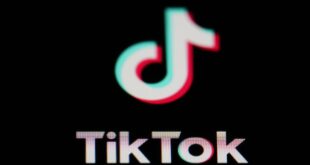In the US, artificial intelligence has enabled the development of a more lithium-efficient material that could one day equip a new generation of batteries. As part of the process, AI considerably reduced research time, with 32 million candidates studied in just 80 hours.
Lithium-ion batteries have become an indispensable part of our daily lives, powering smartphones, electric cars, medical devices and even satellites. Hence, the exponential demand for lithium-ion batteries, which could one day result in real supply problems.
Research on batteries is therefore fundamental to finding more economical solutions. The Pacific Northwest National Laboratory (PNNL), one of the US Department of Energy’s national laboratories, has now developed a new battery material, using artificial intelligence created by Microsoft.
This new material could reduce the amount of lithium used in a battery by up to 70%. It was designed with the help of an AI tool which reviewed no less than 32 million candidates before narrowing this number down to just 18 in an unprecedented 80 hours. In fact, the whole process of creating this new material took just a few weeks, compared with several years if it had been carried out in a more traditional way.
Microsoft’s Azure Quantum Elements, a tool tailored to chemistry and materials science research, was able to reduce the sample of 32 million potential inorganic materials to 18 promising candidates that could actually be used in battery development. To achieve this, the algorithms filtered them according to their properties and their potential to conduct energy appropriately. Of course, it would have been unthinkable to try out all these combinations one by one.
However, this is only the first step in the development of a new generation of batteries. In fact, before any commercial applications can be considered, hundreds of functional batteries incorporating this new material will have to be tested, over thousands of charge cycles and under a variety of conditions. – AFP Relaxnews
 BeritaKini.biz Berita Viral Terkini di Malaysia
BeritaKini.biz Berita Viral Terkini di Malaysia





